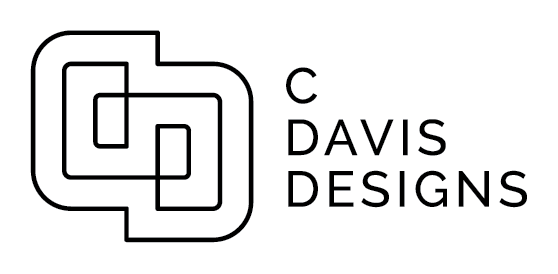I have worked with companies that issued the brief, companies that didn’t believe in the brief, and companies that didn’t know what a brief was. The point is not really which strategy is better so much as how much trust a project manager will place in the hands of the creatives achieving the goal. The brief can communicate a great many things of importance. It can provide relevant facts necessary to create a financially sustainable venture and that is very important. But it can also contain the amount of trust placed in the individual chosen to create the product. Is it so relentlessly detailed that the outcome is obvious? If so, the author is most certainly fearful of surprises and lacks confidence in either the designer, or worse, their own ideas.
A client with the dream of creating something spectacular will want her designer to explore the various avenues of possibilities and understand that the majority of excursions will lead to dead ends, but also that without looking, that road to a fantastic place would never have been found without the exploration. That is the nature of all creativity. I have often said that designers are the most optimistic people you will ever find. Who else throws out 95% of their work as a matter of routine and then just keeps going? It is not that so much was wrong with that work but that so much of that work was but a step in the right direction, no matter how invisible it will seem at the end of the project.
Design is not magic. It is looking at the same things from a different perspective and finding the right perspective, the best perspective is the challenge. This is not a case for making a completely open-ended design brief, but for being open to the possibilities that lie within. Without constraints the process can not end. The constraints must be those that create possibilities rather than limit them. Remember that finishing your journey in a place you may not have imagined is what makes the journey worthwhile and is the mission of the explorer.
